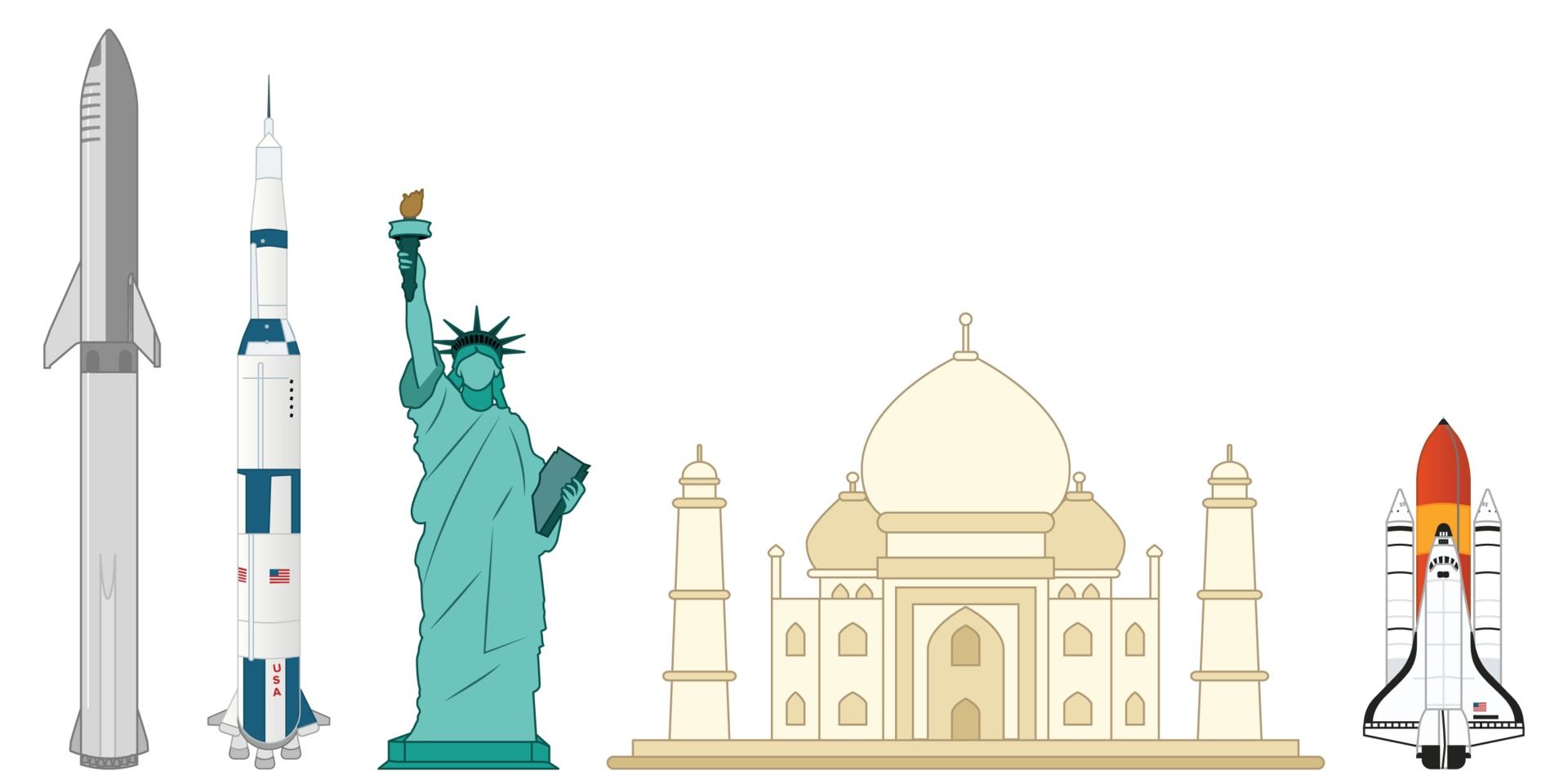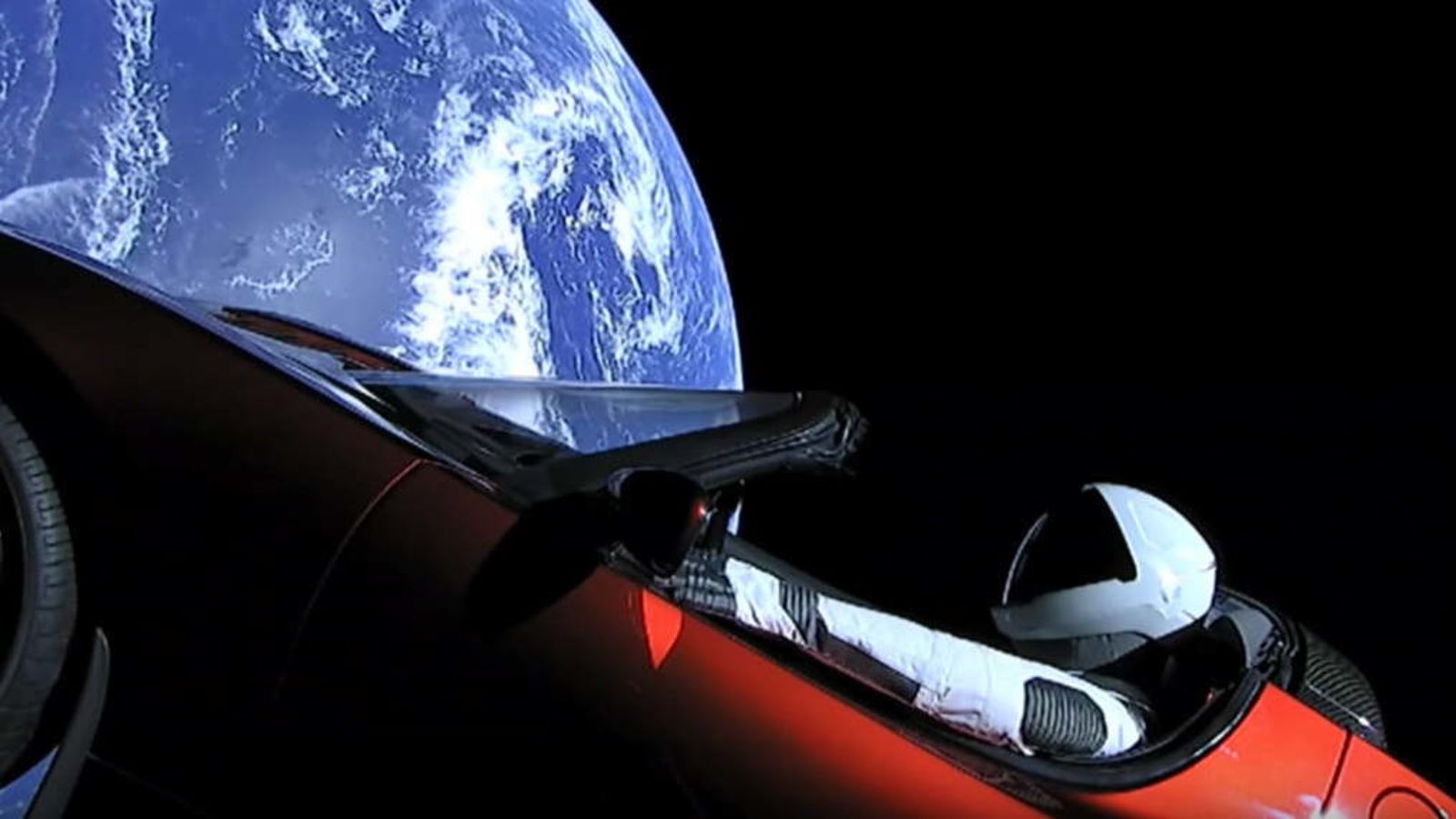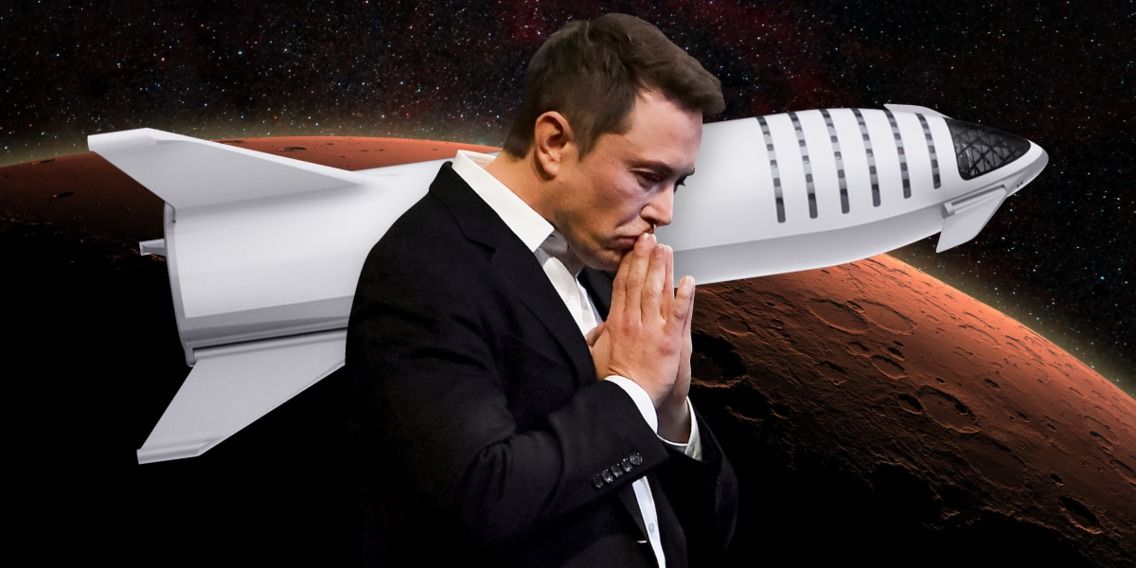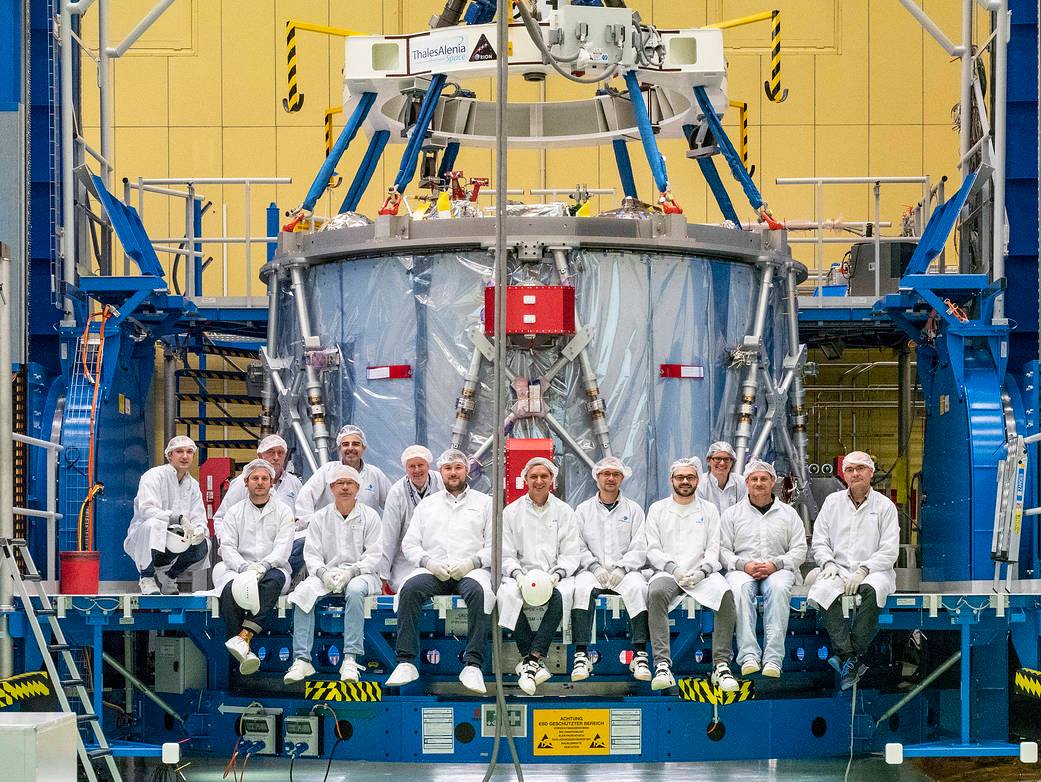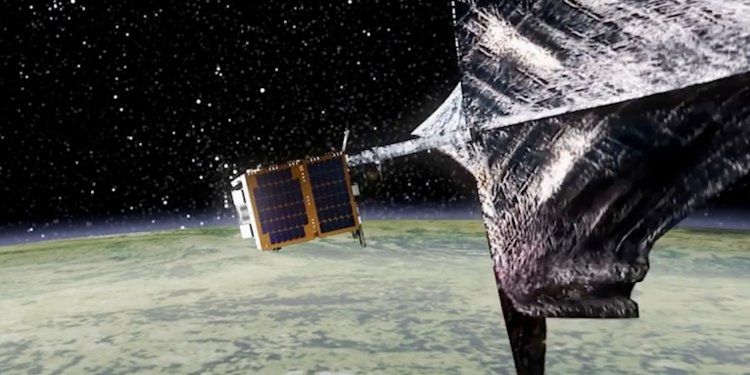I recently become an advisor at Brain Space, a new #blockchain company creating a better system to deal with copyrights and patents. They have an ICO coming up here very soon. Here’s an article (with a video I did) with more info: https://medium.com/…/transhumanist-zoltan-istvan-becomes-ad… AND CHECK OUT THEIR WEBSITE: https://brain-space.io/
Zoltan Istvan, an American-Hungarian, began a solo, multi-year sailing journey around the world at the age of 21. His main cargo was 500 handpicked books, mostly classics. He’s explored over 100 countries — many as a journalist for the National Geographic Channel — writing, filming, and appearing in dozens of television stories, articles, and webcasts. His work has also been featured by The New York Times, Outside, Wired UK, Slate, Vice, San Francisco Chronicle, BBC Radio, CNN, CBS, RT, Fox News, the Travel Channel, and in much other media.
More about Zoltan at https://www.linkedin.com/in/zoltan-istvan-78aa2964/
Link to ICO: https://brain-space.io/
Link to the test version of copyright protection: https://deposit.brainspace.world/register

